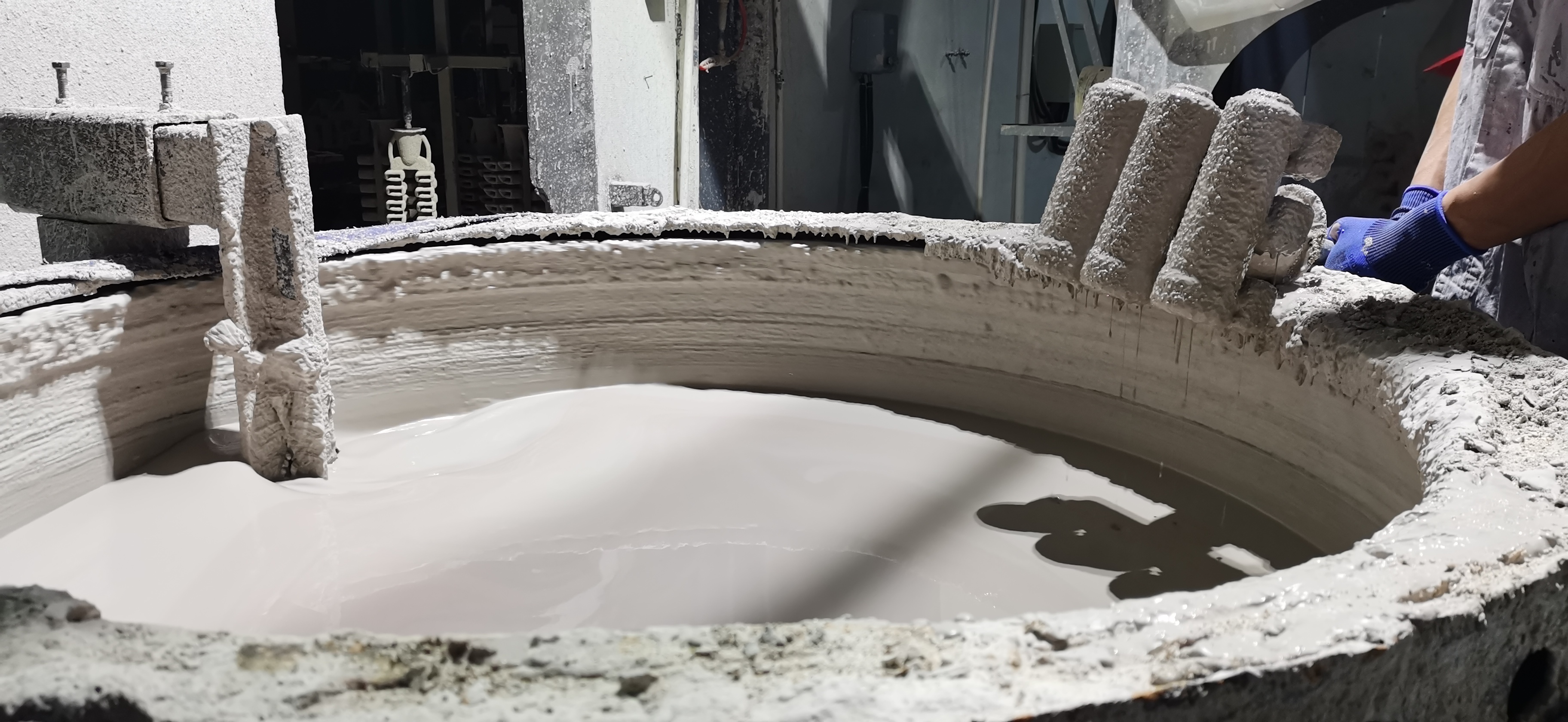In the lost wax casting process, the making of the mold shell is a key process. Casting shells made of silica sol as a binder can obtain good surface and high dimensional accuracy for castings. This article mainly explains the main steps in the production of silica sol shells, and focuses on their functions and operation instructions.

1. Wax-up Module Cleaning
In order to ensure that the silica sol coating can be well coated on the wax mold, in addition to adding a wetting agent to the paint, the wax mold should also be cleaned. Commonly used cleaning solutions include industrial ethanol with a volume fraction of 50%, soapy water or detergent with a mass fraction of 0.5%, and 100% butanone or emulsified water cleaning agent. Immerse the module in a cleaning solution with a temperature of 20 - 25°C for cleaning. Then, wash the wax-up module in water or alcohol solution of the same temperature for 2 to 4 times. Next, blow dry the module with compressed air or hang it to dry naturally.2. Apply the Coating to the Module
Silica sol coating is the key to establishing shell strength and ensuring the surface quality of the shell. During the operation, the module should be rotated and moved up and down in the paint bucket to ensure that the paint is evenly applied to all parts of the module. In order to prevent the presence of air bubbles in the concave corners, grooves and small holes of the wax mold, the above parts should be gently blown with compressed air, or painted with a brush. After the paint is applied, the module should be turned over several times and left to stand for a while to allow the excess paint to drip off, which is also to ensure that the thickness of the coating is uniform everywhere.3. Sand the Coating
The purpose of sanding is to increase the strength of the shell, fix the coating, and prevent penetrating cracks from shrinking as the coating dries. Fine sand should be sprinkled first, and then gradually increase the size of the sand as the number of layers increases. In order to prevent delamination between different coatings, the water content and powder content of the sand should be strictly controlled. In the actual operation process, it is best to use rain-type sanding on the surface layer and boiling-type sanding on the back layer.4. Shell Drying
Shell drying is a key process in shell making. Drying can make the shell water evaporate, the silica sol gels, and the refractory particles are firmly bonded, so that the shell can obtain the required strength. The main factors affecting the drying of the shell are the environment, humidity, temperature and wind speed. Therefore, shell drying is generally carried out in a constant temperature and humidity environment. Among them, the drying characteristics of the surface layer and the back layer are different. The top layer dries faster, but the back layer dries slower. Therefore, the shell drying process parameters of the top layer and the back layer are different.The above three steps 2, 3, and 4 need to be repeated many times to obtain a multi-layer shell with a desired thickness. This uniform, high-strength shell is ready for the next step, which is dewaxing.
 русский
русский



